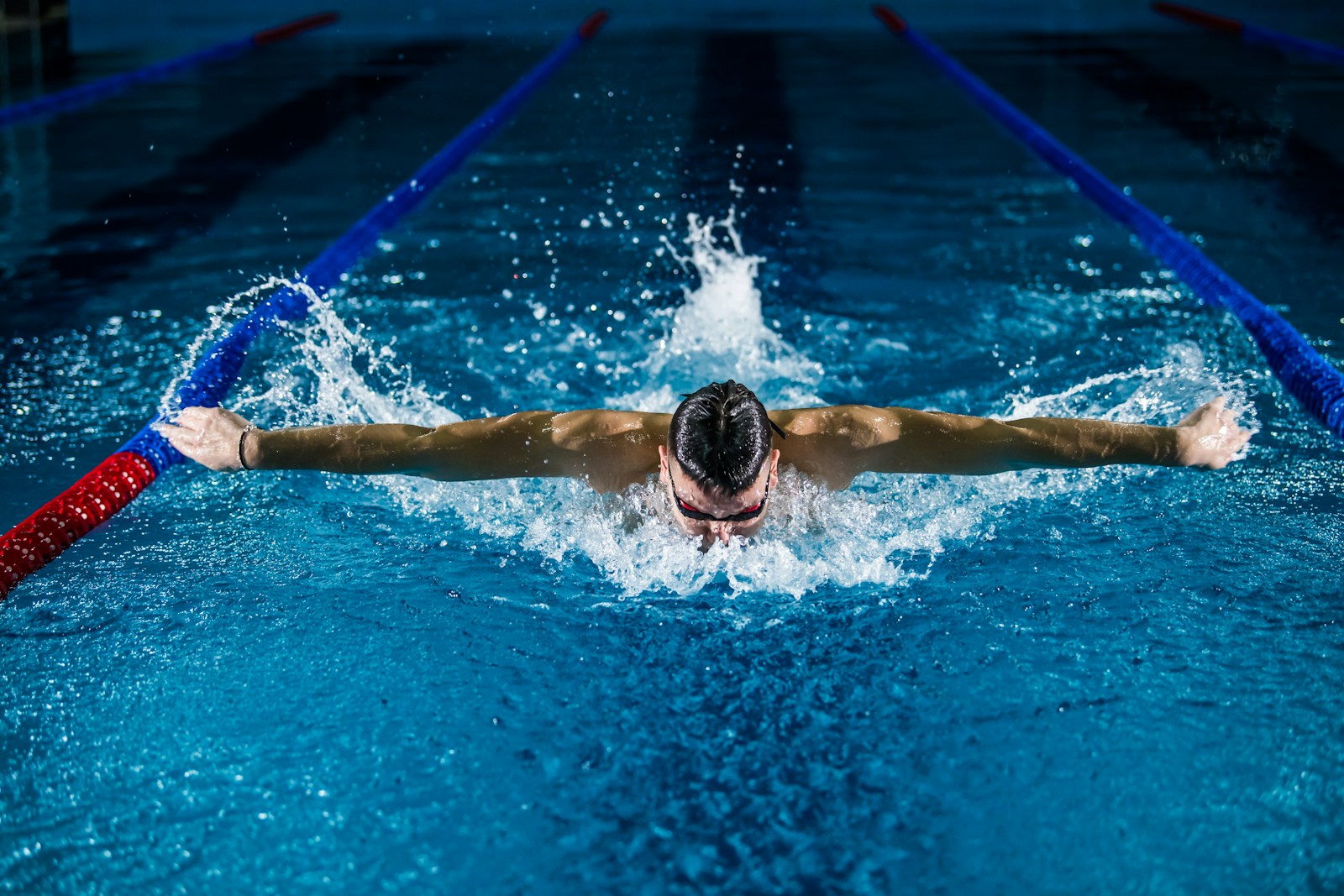Conditioning in sports is the planned training that builds the physical (and mental) qualities you need to play your sport well and safely. In plain terms: it’s how athletes get fit for their sport, not just “in shape.”
What conditioning aims to develop
- Energy systems: aerobic endurance (go longer), anaerobic capacity (go harder), repeat sprint ability.
- Strength & power: produce force (strength) and produce it fast (power).
- Speed & agility: accelerate, decelerate, change direction, react.
- Mobility & stability: move through healthy ranges while keeping joints controlled.
- Resilience: tissue tolerance to volume, impacts, and fatigue; reduced injury risk.
- Mental readiness: focus, confidence, and pacing under pressure.
Key principles
- Specificity: train the movements, speeds, and work:rest ratios of your sport.
- Overload & progression: gradually raise volume or intensity to adapt.
- Periodization: organize training across off-season, pre-season, and in-season so you peak when it counts.
- Recovery: sleep, nutrition, rest days, and light sessions to absorb the work.
- Quality over quantity: crisp reps at game-like intensity beat junk miles.
Common conditioning methods
- Aerobic work: steady runs/rows/cycles; tempo runs; long intervals (e.g., 4×4 min @ hard).
- Anaerobic intervals: short, intense repeats (e.g., 10–30 sec sprints with incomplete rest).
- Repeated-sprint training: 6–10 sprints with brief rests (team sports).
- Strength training: compound lifts (squat, hinge, push, pull), 2–4 days/week.
- Power & speed: Olympic-lift derivatives, medicine-ball throws, plyometrics, resisted/assisted sprints.
- Agility & COD: decel drills, cutting angles, reactive cone/light drills.
- Mobility & prehab: hips, ankles, T-spine; cuff, hamstring, and calf work.
How it changes by season
- Off-season: build the base—general strength, aerobic capacity, movement quality.
- Pre-season: shift to sport-specific speed, power, and game-like intervals.
- In-season: maintain strength/power, fine-tune speed, keep conditioning with minimal fatigue.
Simple weekly template (team-sport example)
- Mon: Strength (lower-body emphasis) + short sprints + mobility
- Tue: Aerobic/tempo intervals (e.g., 5×3 min @ ~85% effort, 2-min easy)
- Wed: Strength (upper-body + total-body power) + plyometrics
- Thu: Repeated-sprint/agility blocks (e.g., 2×6×20 m with 20 s rest, 3 min between sets)
- Fri: Light skills + mobility/recovery
- Sat/Sun: Game or longer aerobic session / rest (as needed)
Measuring progress
- Timed runs or shuttle tests (Yo-Yo, beep test), sprint times (10–40 m), jump height, strength PRs, heart-rate recovery, RPE logs, GPS work rates.
Common mistakes to avoid
- Doing lots of “hard cardio” that doesn’t match your sport’s demands.
- Neglecting strength/power and deceleration ability.
- Skipping recovery or ramping up volume too fast.
- Ignoring technique—sloppy movement under fatigue raises injury risk.
Bottom line: Conditioning is the smart, structured mix of endurance, strength, speed, power, mobility, and recovery that prepares you to perform your sport at a high level and stay healthy all season.
